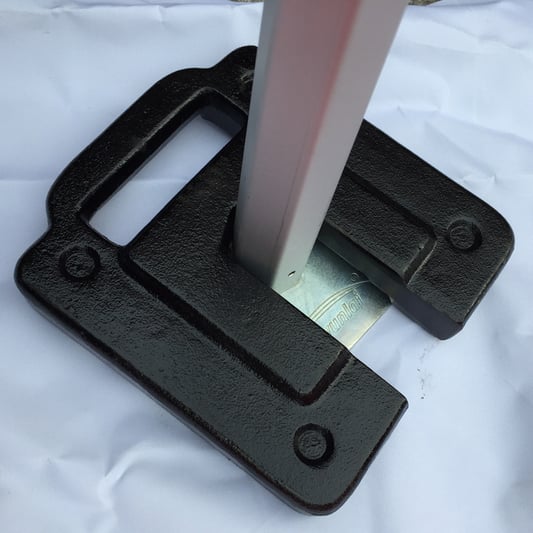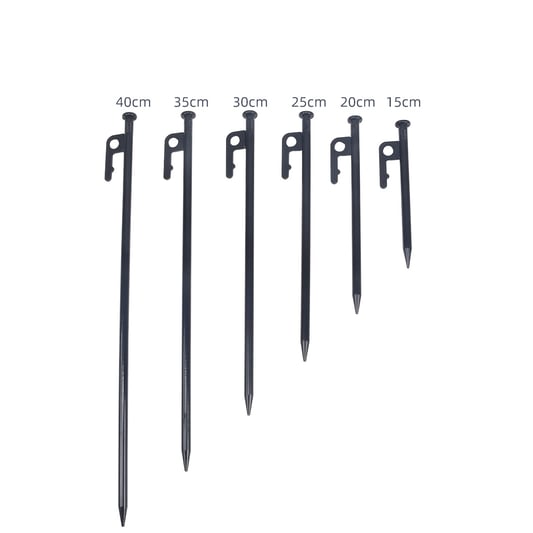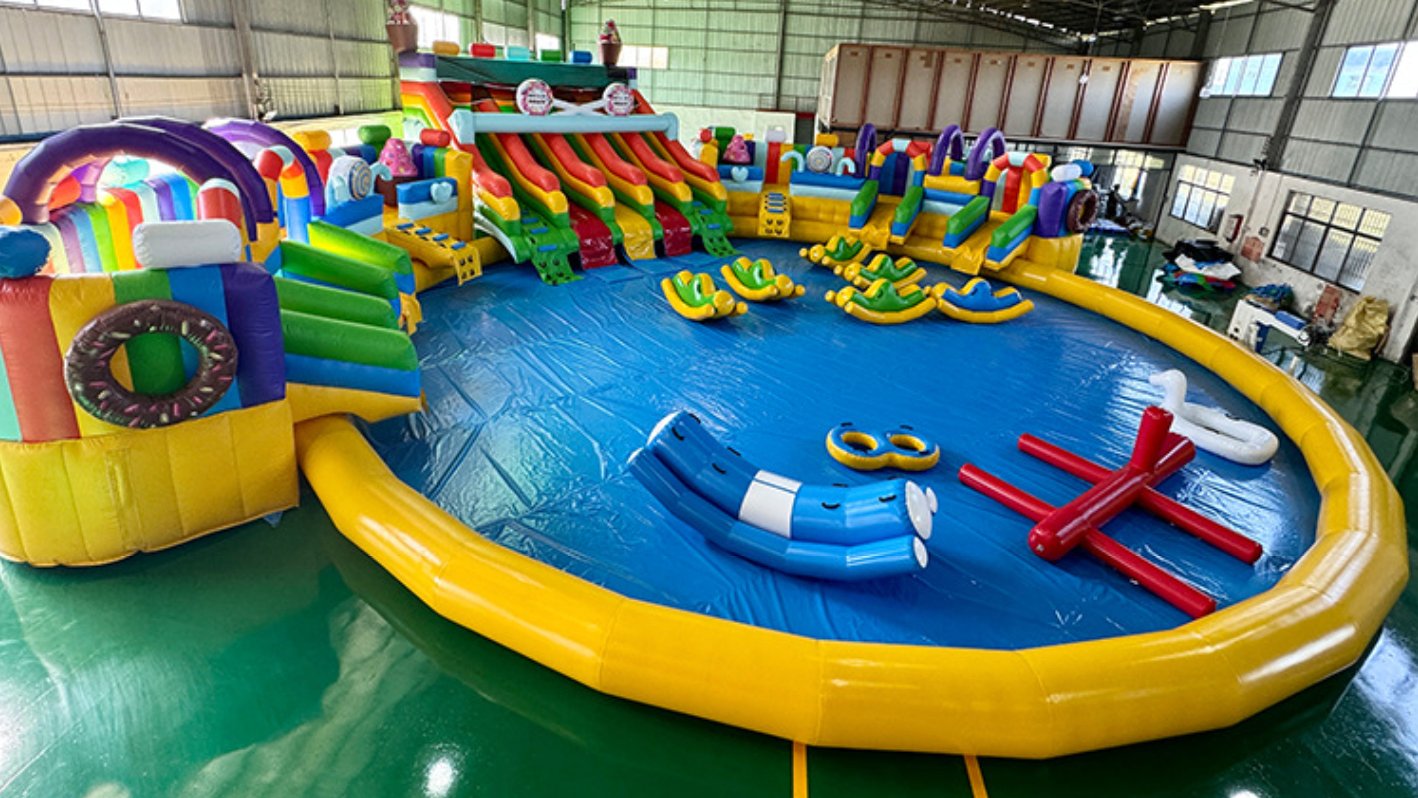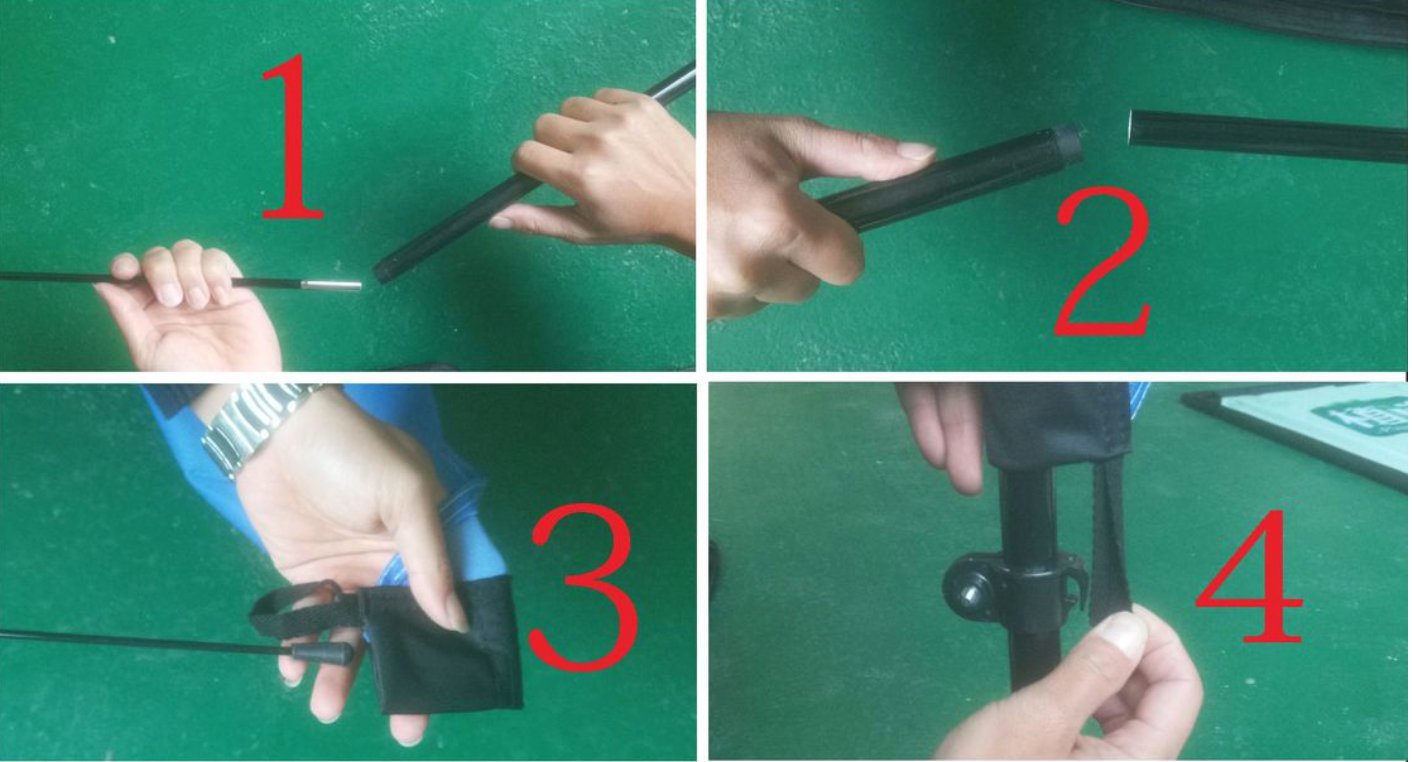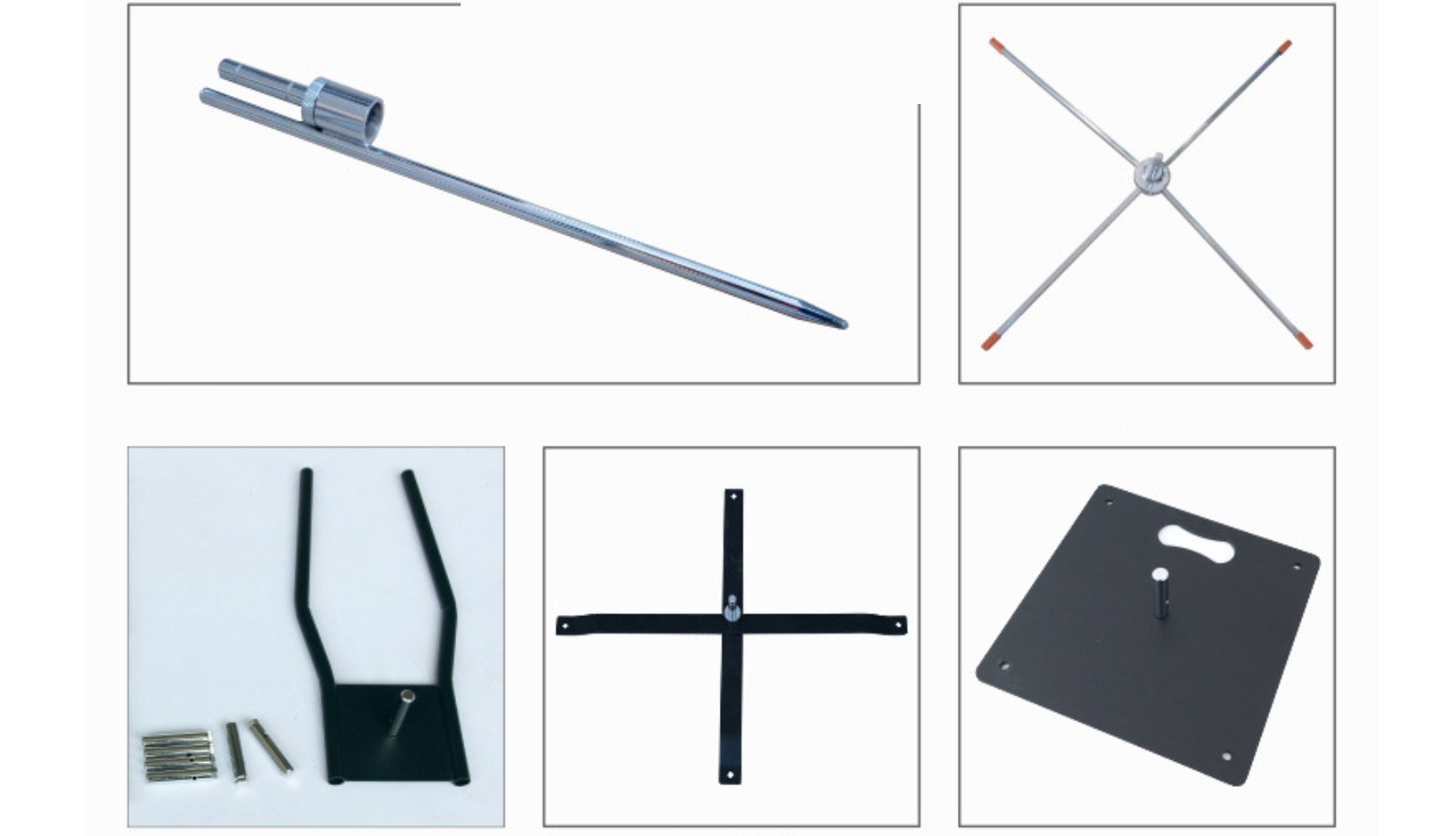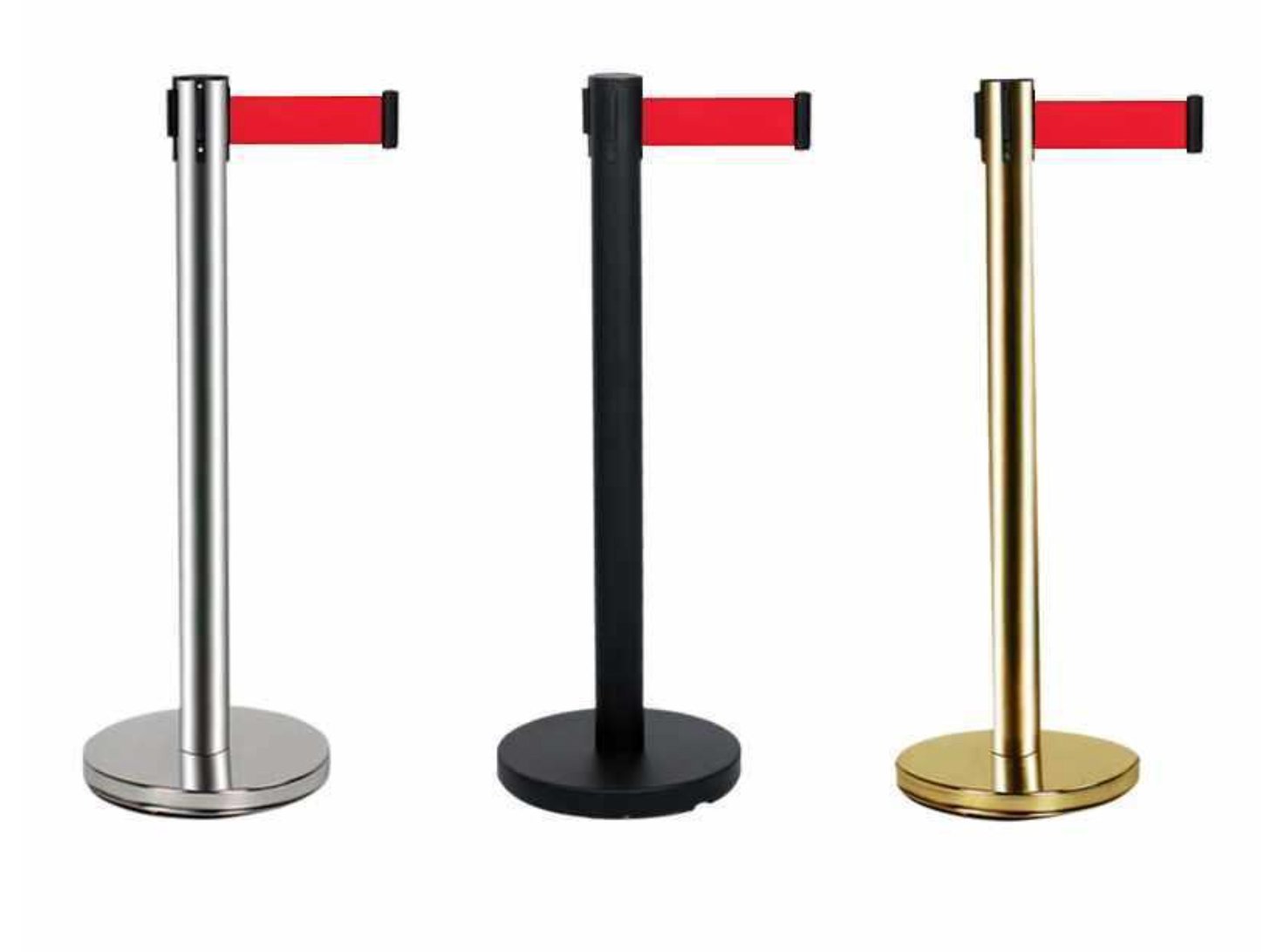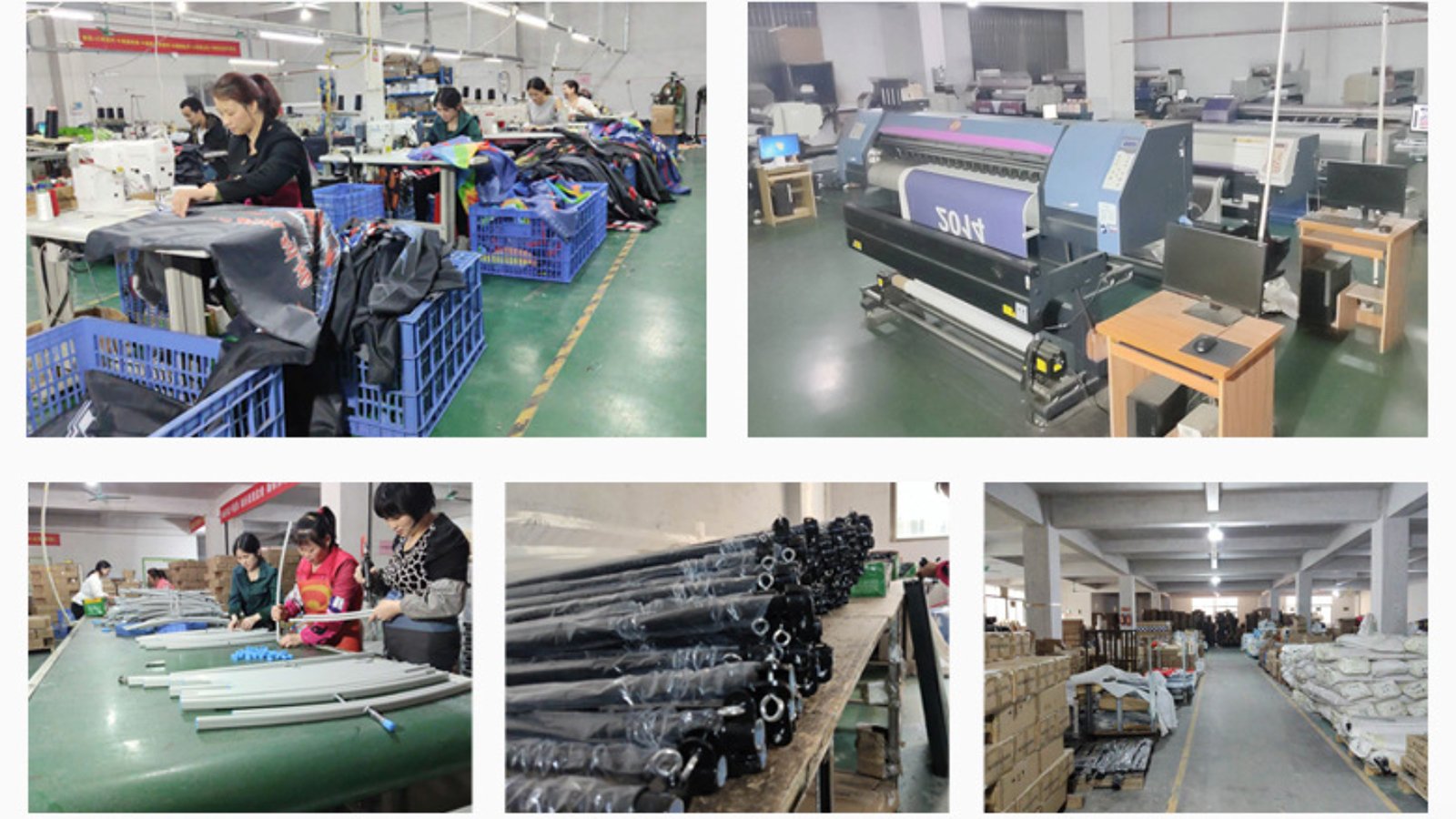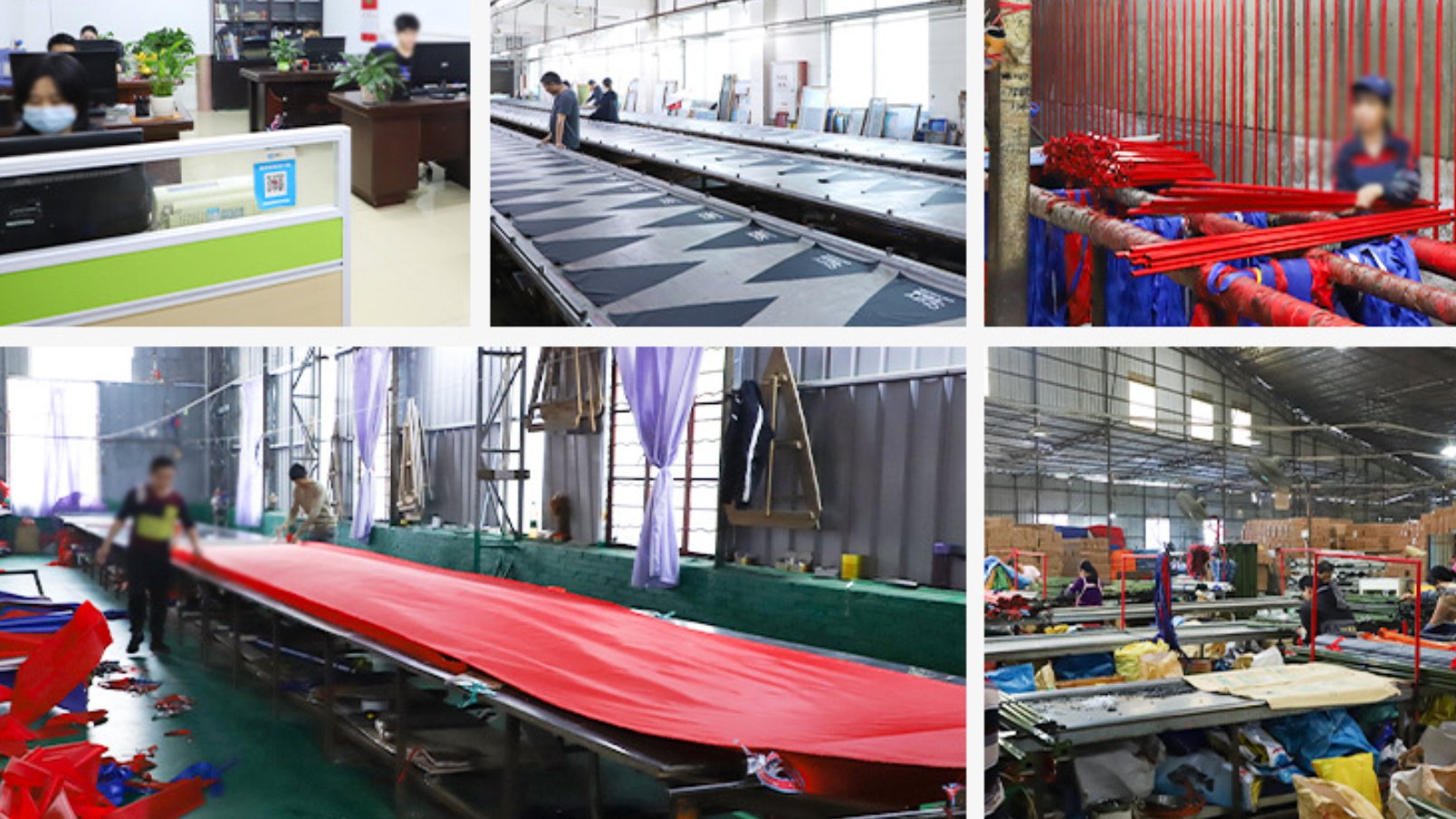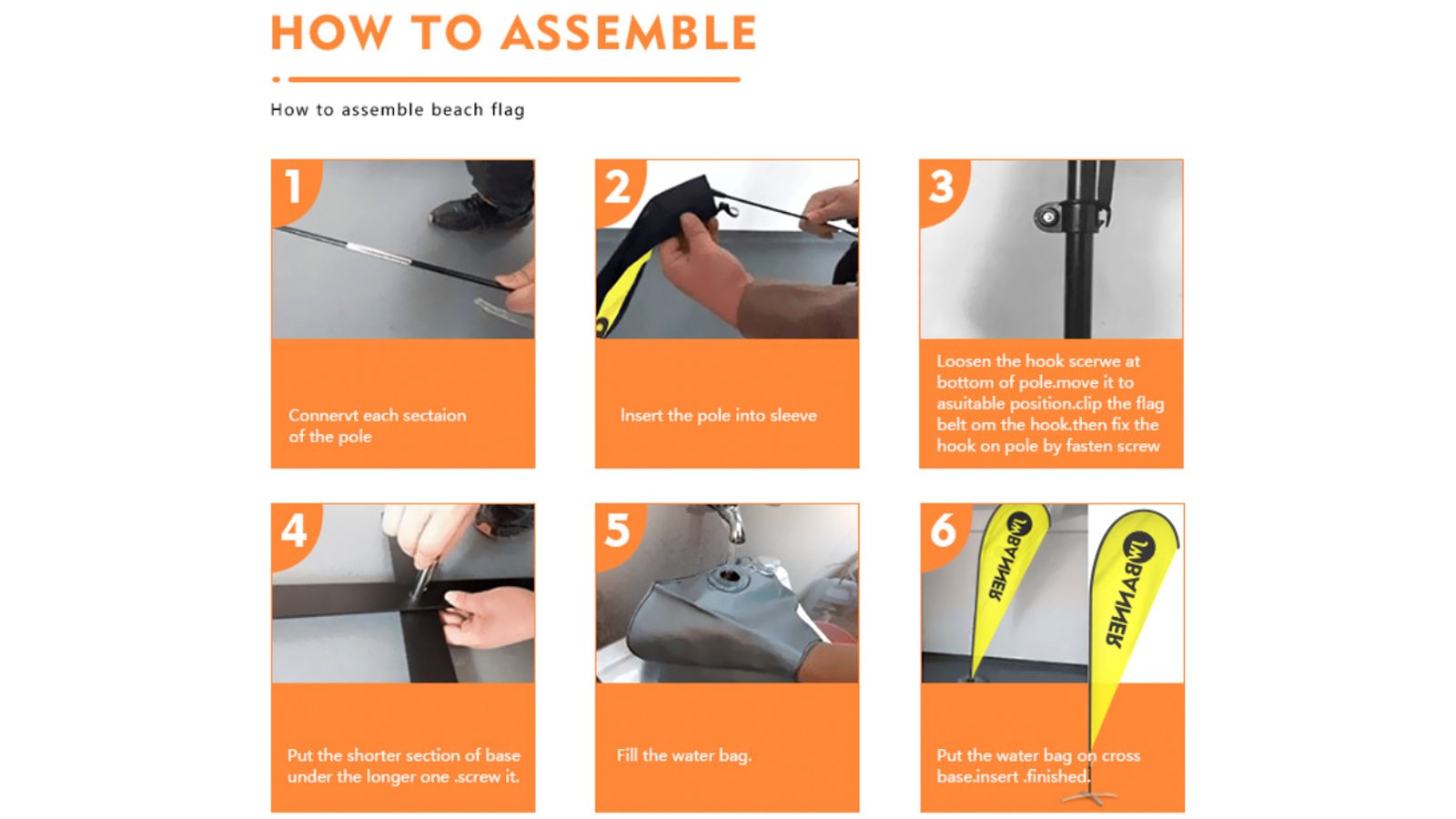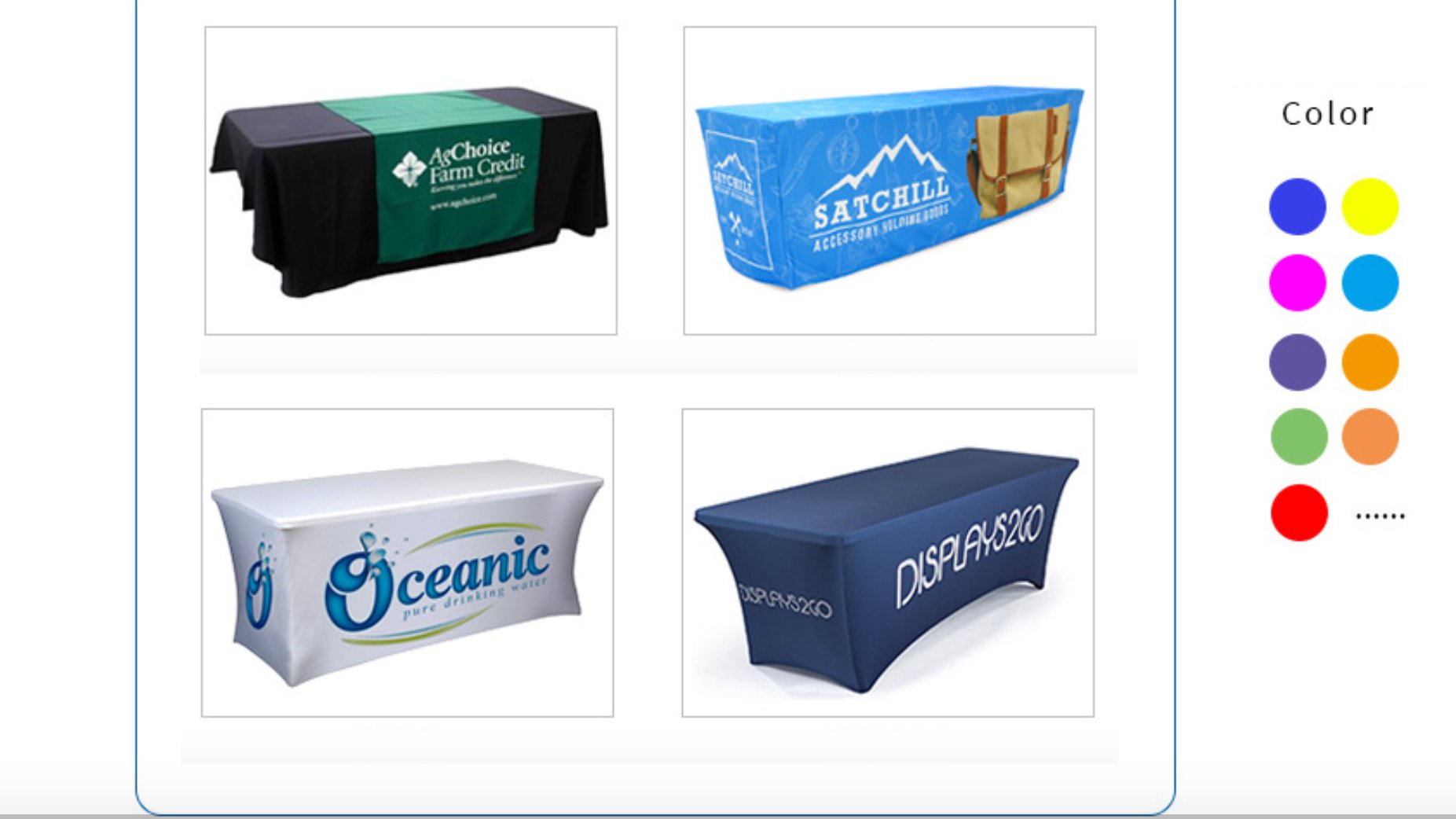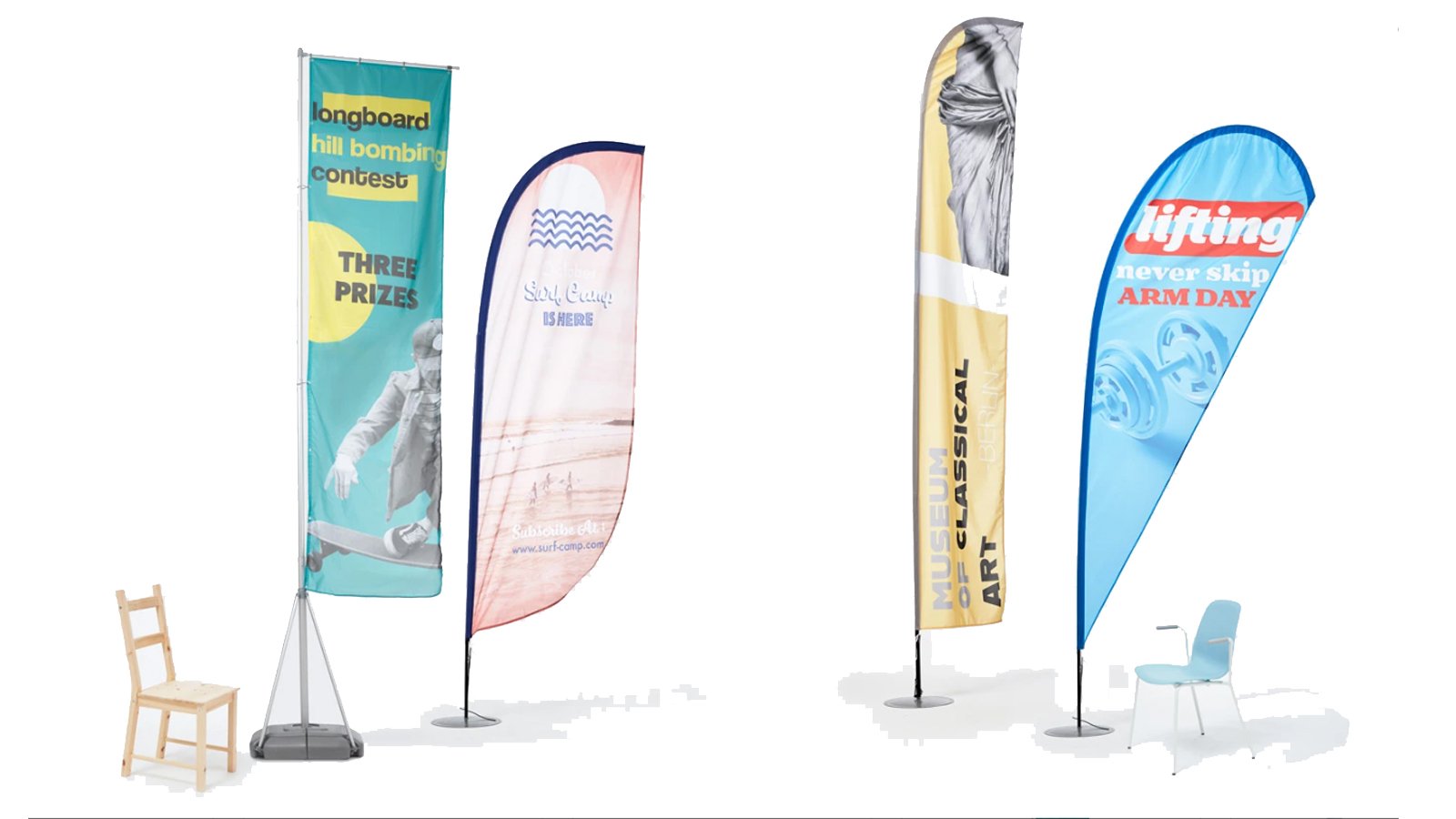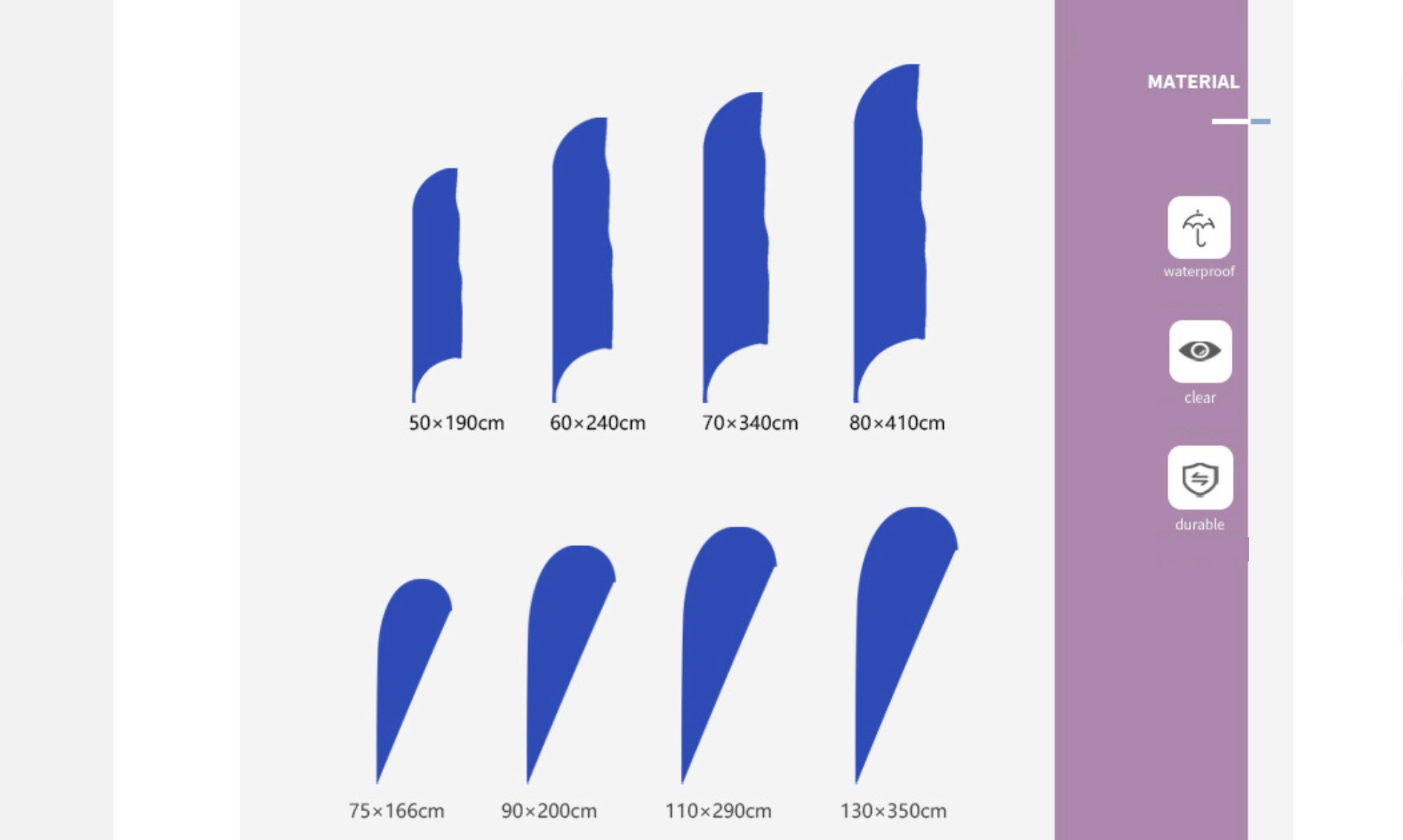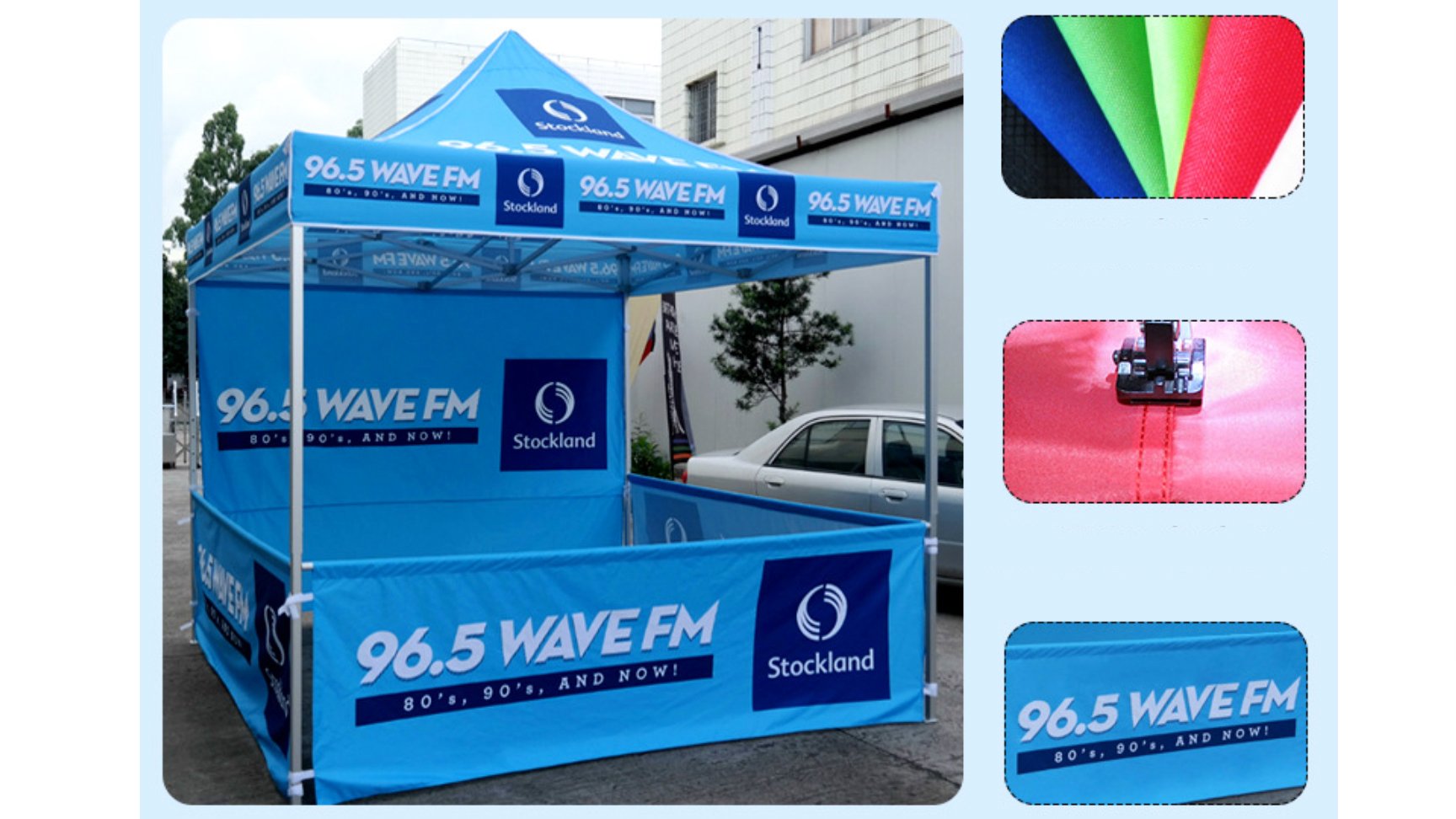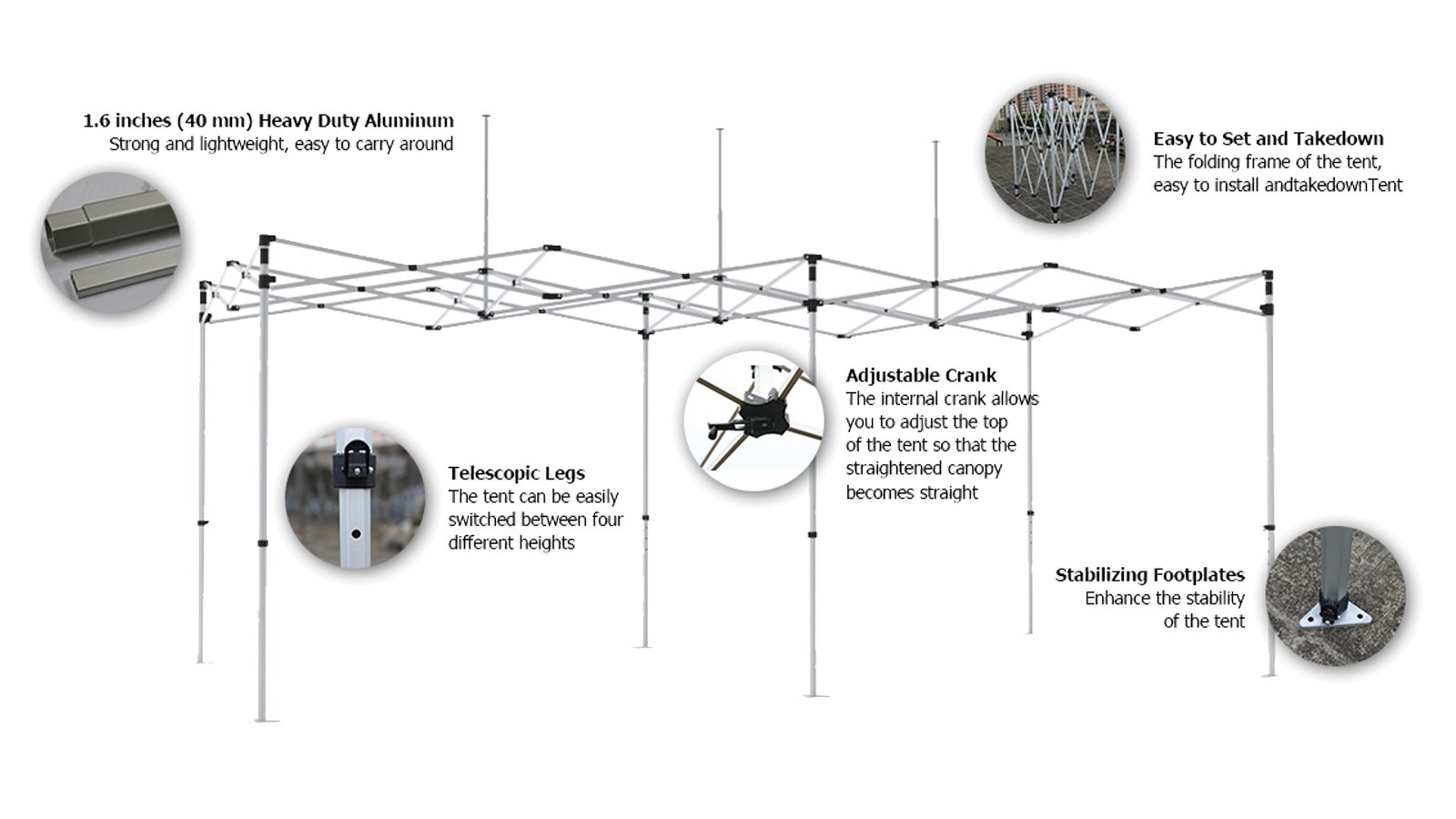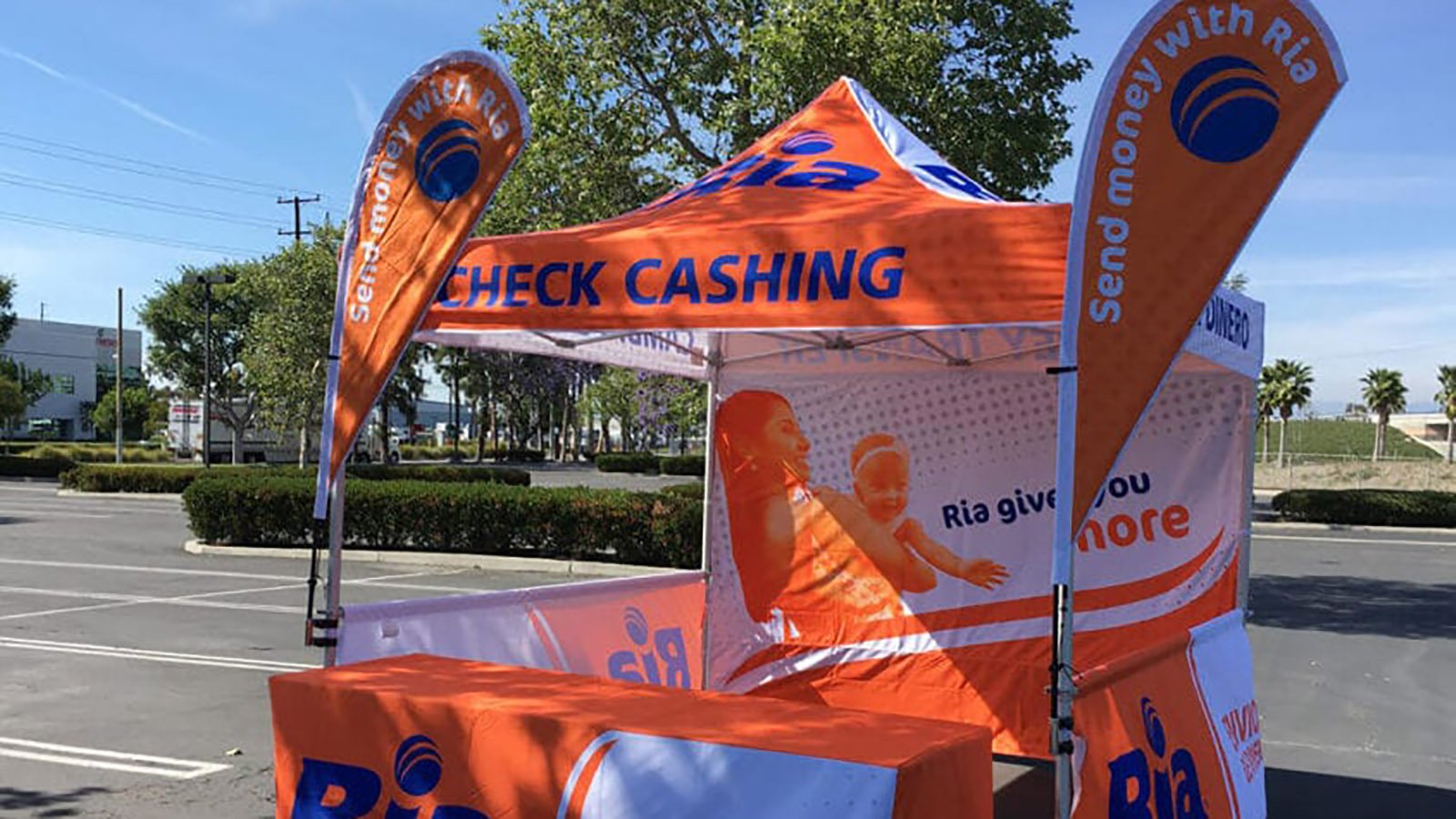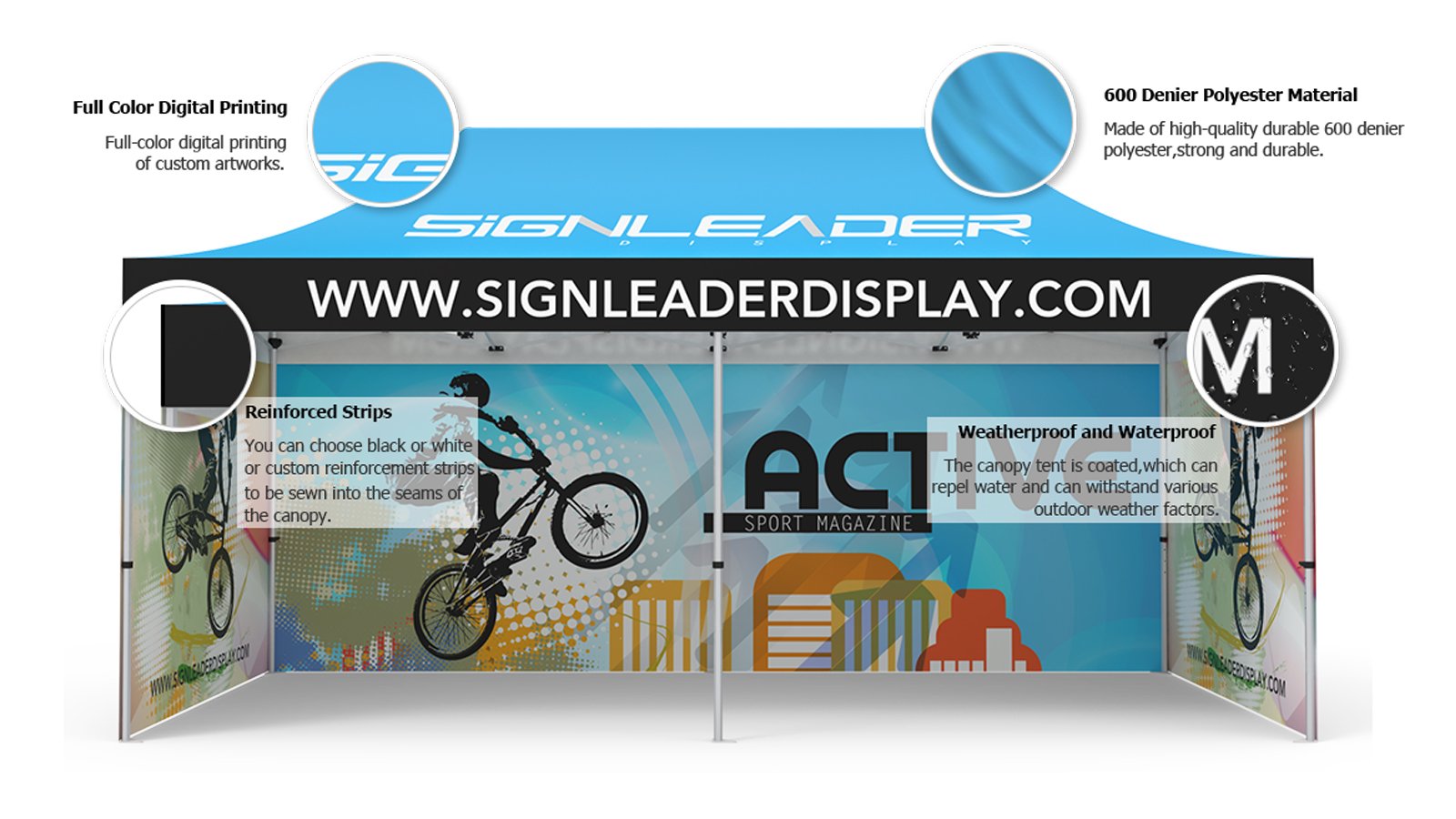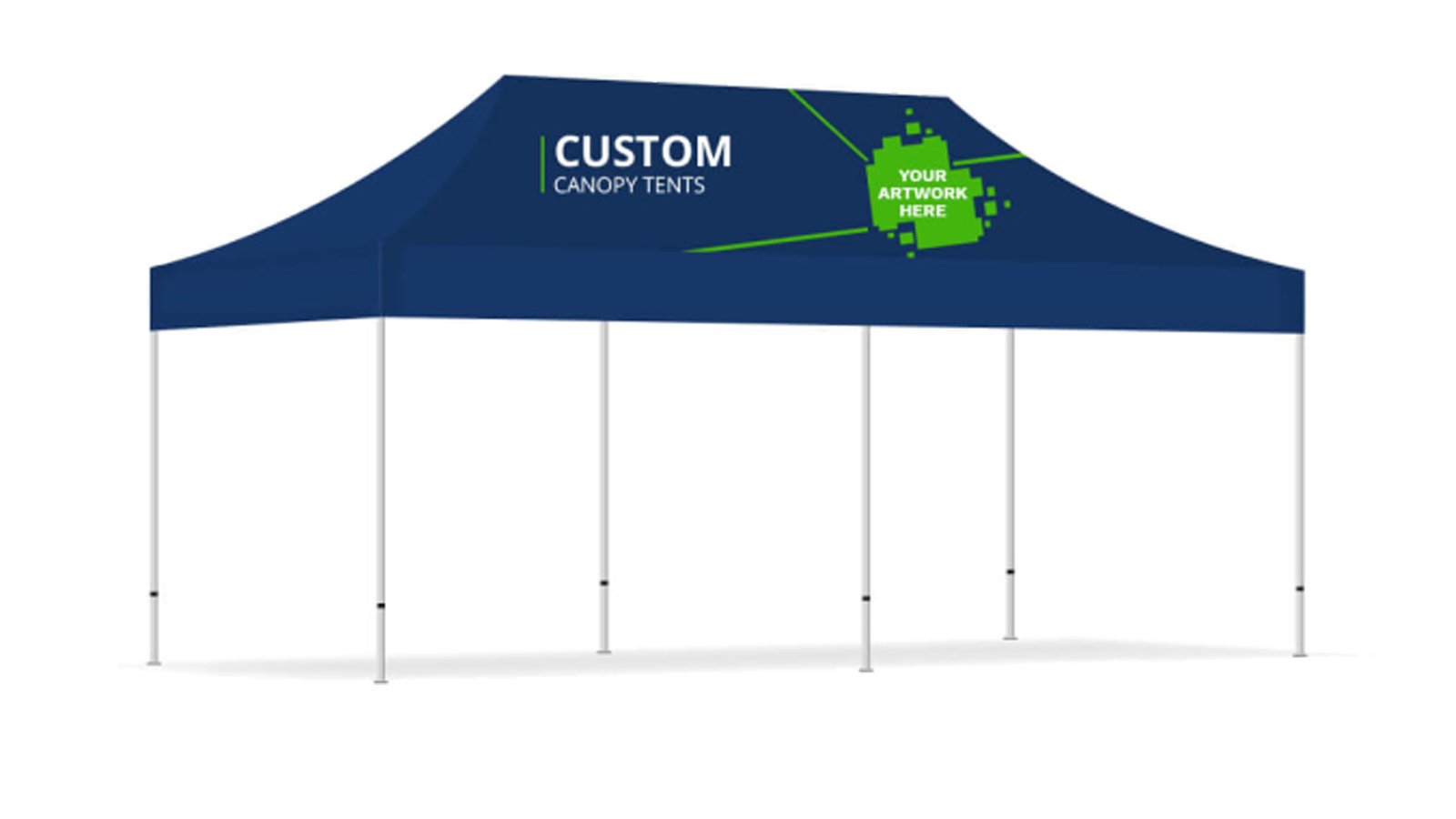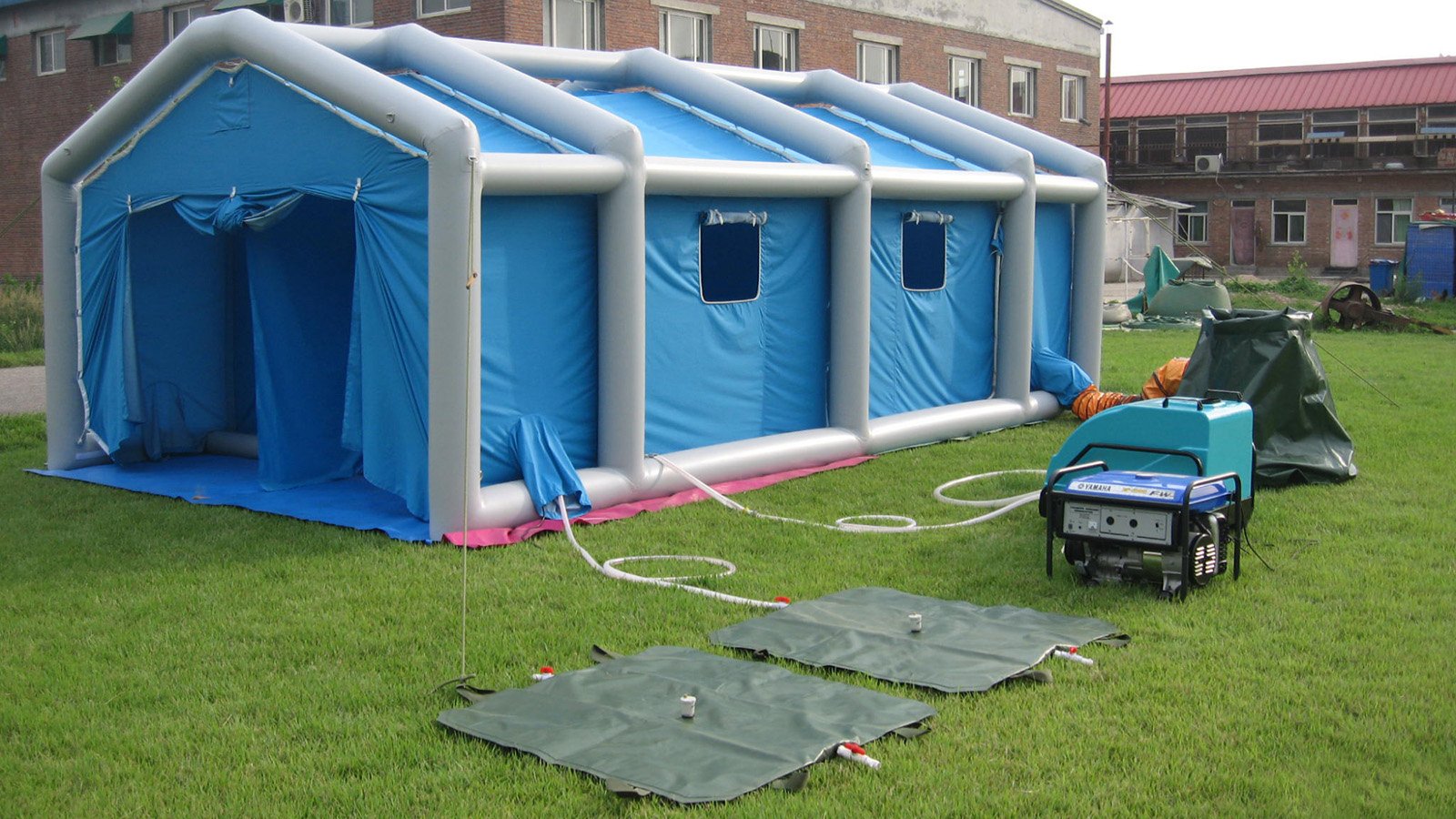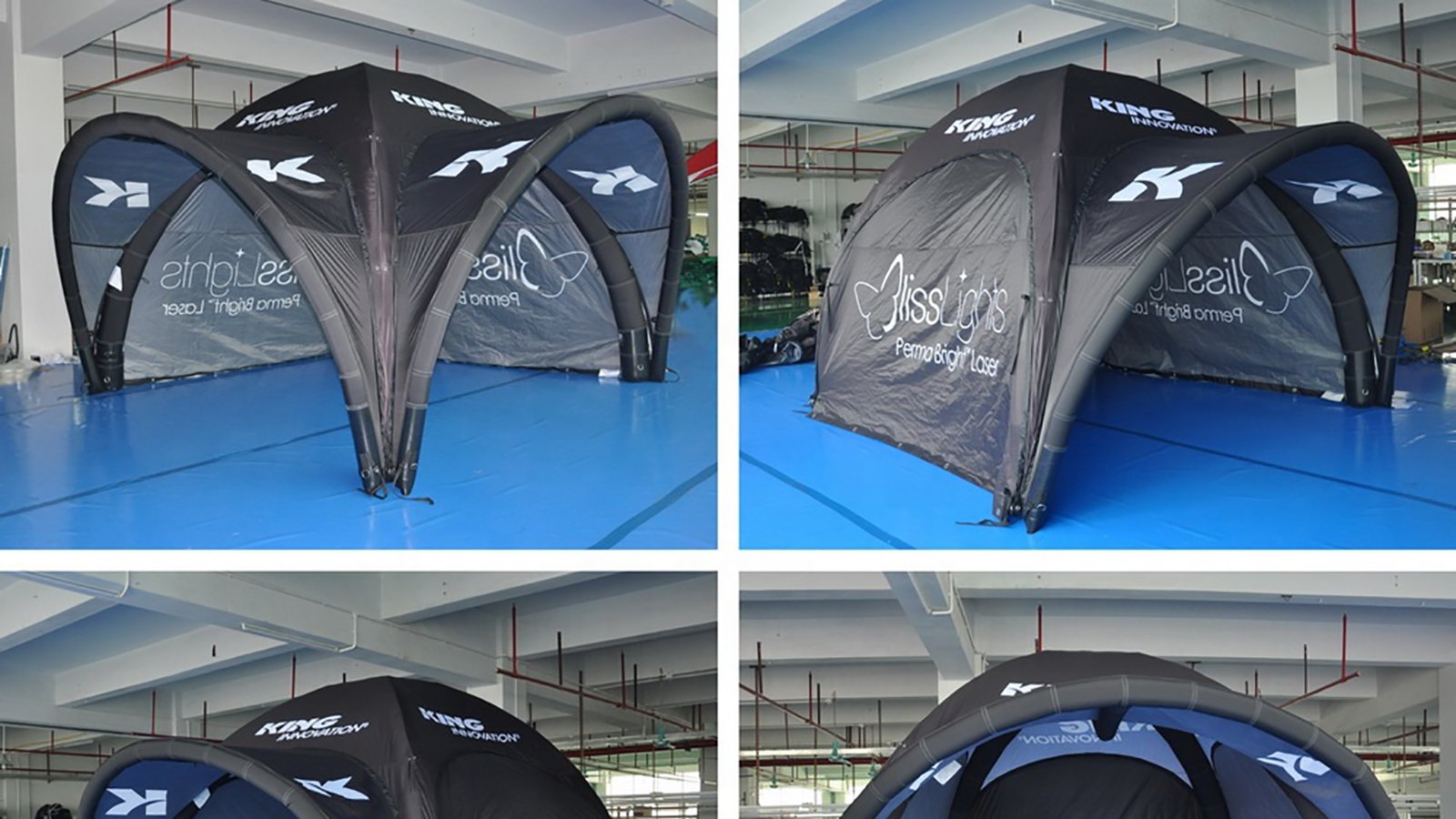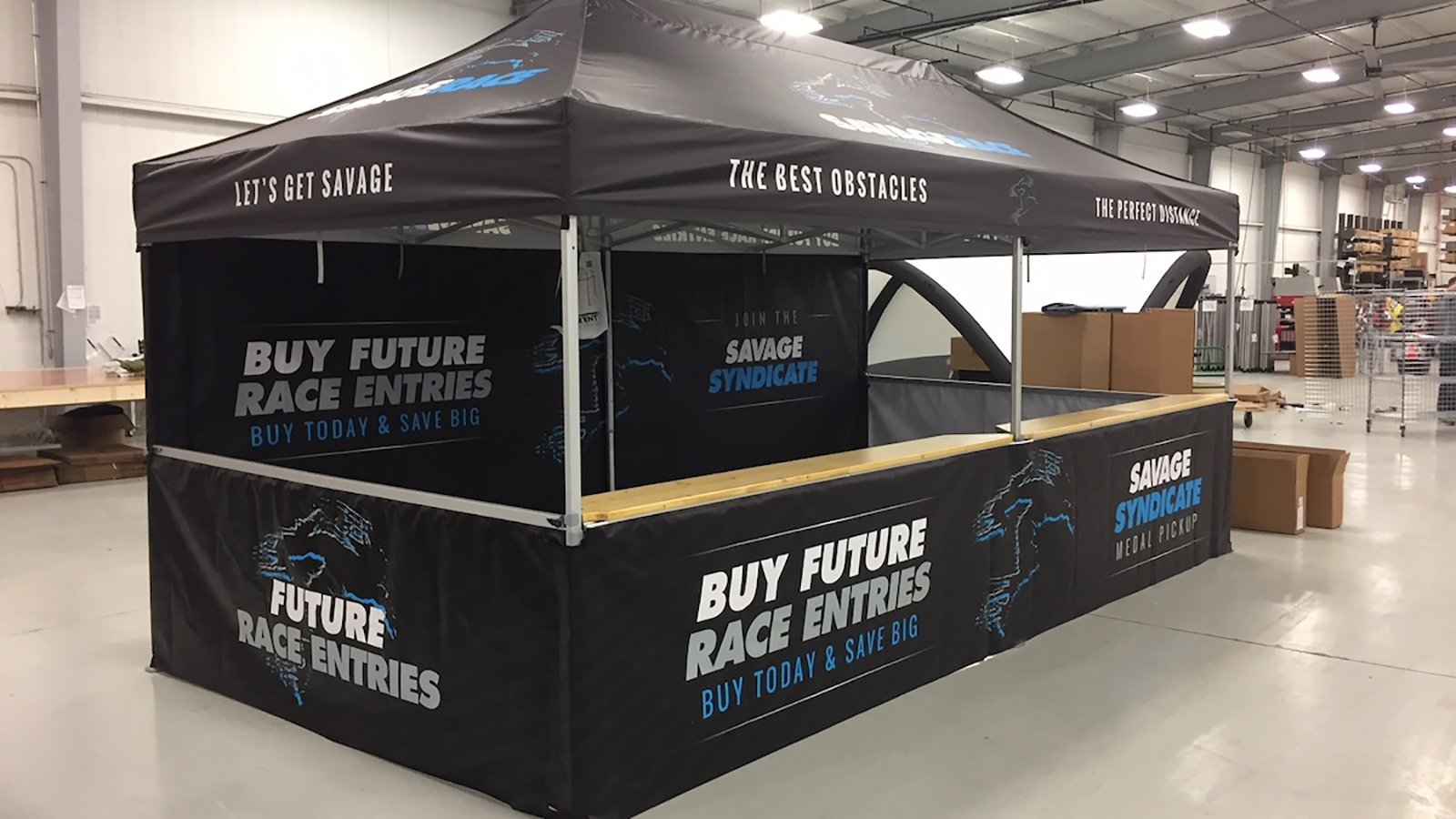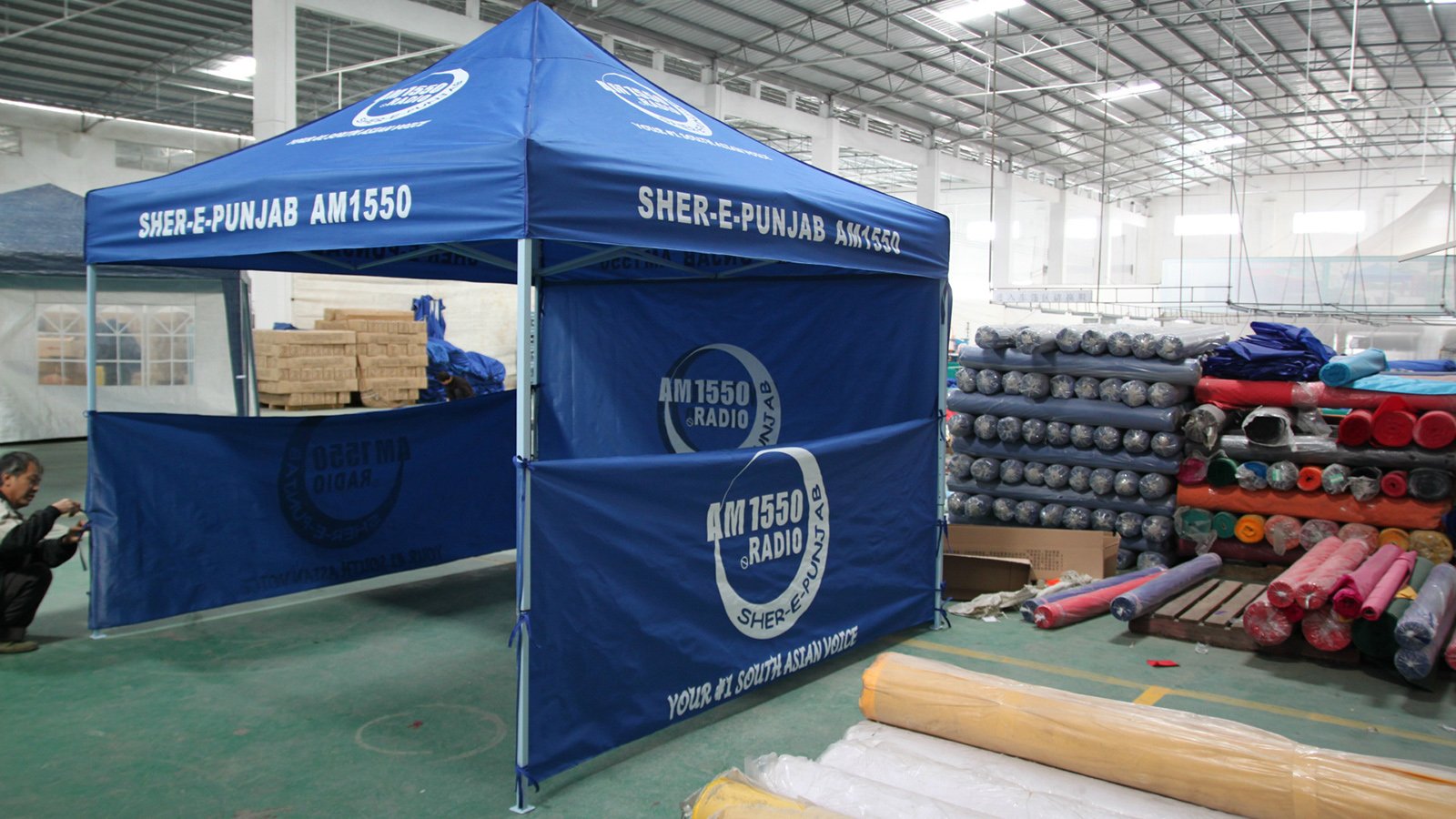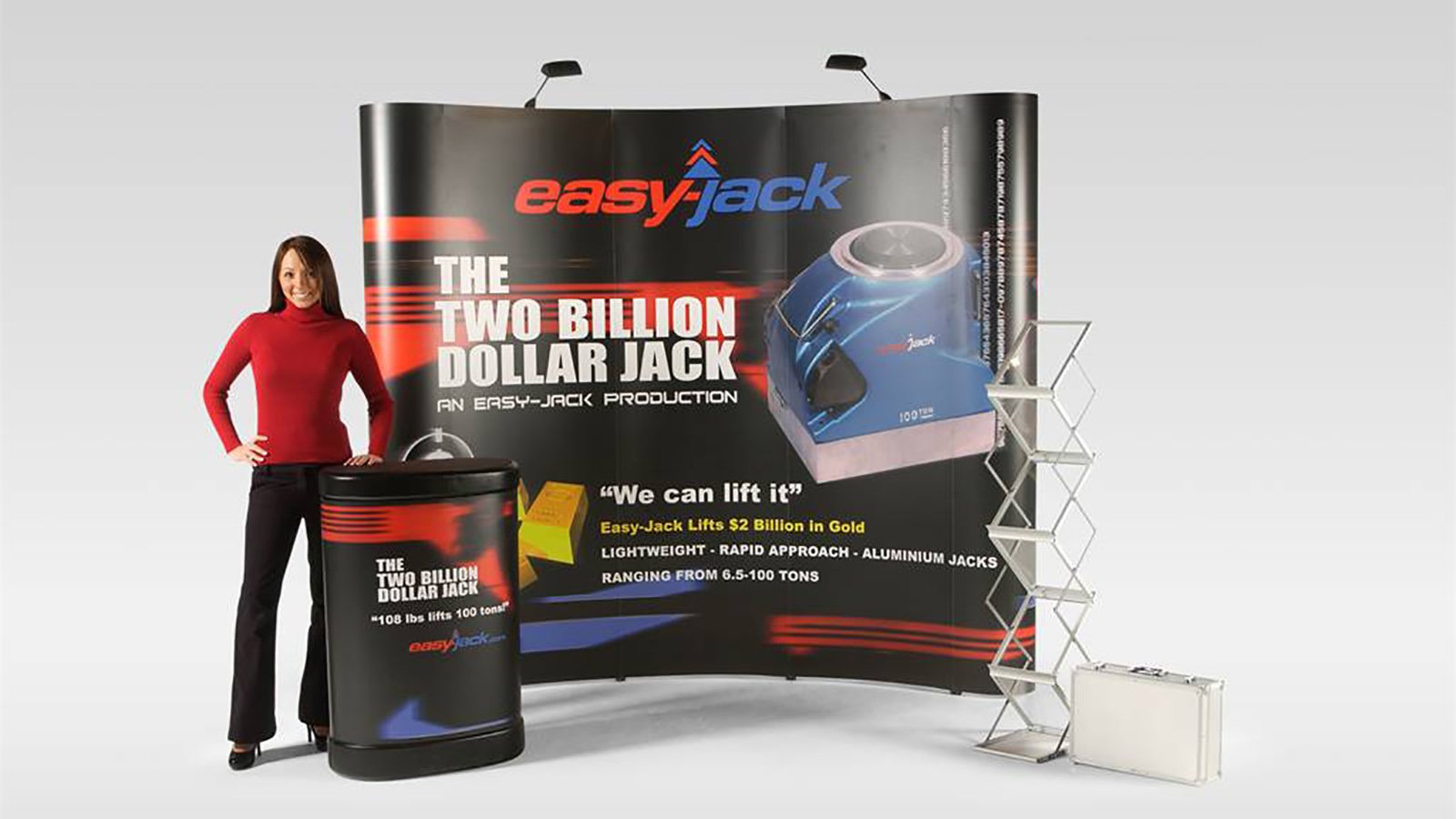Introduction
Electric surfboards have gained immense popularity in recent years, as they offer a thrilling and unique way to ride the waves. These innovative watercraft combine the excitement of surfing with the power of electricity. In this article, we will delve into the inner workings of electric surfboards and explore how they function. From the motor to the battery system, we will uncover the technology behind these cutting-edge watercraft.
The Electric Motor
At the heart of an electric surfboard lies the electric motor, which is responsible for propelling the board through the water. The motor is typically located in the rear of the board, directly underneath the rider's feet. It converts electrical energy from the battery into mechanical energy, which drives a propeller or a jet stream. The power output of the motor determines the speed and performance of the electric surfboard.
Battery System
A crucial component of an electric surfboard is its battery system. The battery provides the necessary electrical energy to power the motor. Most electric surfboards utilize lithium-ion batteries, known for their high energy density and long lifespan. These batteries are usually located within a waterproof casing, ensuring they remain safe and protected from water damage. The capacity of the battery determines the range and runtime of the electric surfboard.
Throttle and Control
To control the speed and acceleration of an electric surfboard, riders rely on a throttle mechanism. The throttle is typically a handheld device or a wireless controller that allows the rider to regulate the power output of the motor. By adjusting the throttle, riders can increase or decrease the speed at which the electric surfboard moves through the water. The throttle is an essential component for maintaining control and ensuring a safe and enjoyable ride.
Stability and Balance
Electric surfboards are designed with stability and balance in mind, allowing riders to maintain control even in challenging conditions. The shape and size of the board, along with the placement of the battery and motor, play a crucial role in achieving stability. Additionally, many electric surfboards feature built-in stabilizing fins or hydrofoils to enhance stability and control. These elements work together to provide a smooth and stable ride, even at high speeds.
Waterproofing and Durability
Given that electric surfboards are used in water environments, they must be designed to withstand exposure to moisture and potential submersion. Manufacturers employ various techniques to waterproof the internal components, such as sealing the motor and battery compartments with rubber gaskets and using corrosion-resistant materials. Additionally, the external shell of the electric surfboard is often made from durable materials like carbon fiber or high-density plastic to ensure longevity and resistance to impacts.
Safety Features
Electric surfboards often come equipped with safety features to protect riders and prevent accidents. One common safety feature is an emergency stop button, which allows riders to quickly halt the motor in case of an emergency or loss of control. Some electric surfboards also feature automatic shut-off mechanisms that activate when the board is not in use for a certain period, conserving battery power and preventing accidental activations.
Charging and Battery Life
Charging an electric surfboard is a relatively simple process. Most boards come with a charger that plugs into a standard electrical outlet. The charging time can vary depending on the battery capacity and the charger's power output, ranging from a few hours to overnight. It is important to follow the manufacturer's guidelines and recommendations for charging to ensure the longevity and optimal performance of the battery. The battery life of an electric surfboard can vary depending on factors such as speed, rider weight, and wave conditions.
Maintenance and Care
To keep an electric surfboard in top condition, regular maintenance is essential. After each use, it is important to rinse the board with fresh water to remove any salt or sand that may have accumulated. Additionally, checking and tightening any loose screws or fittings is recommended. It is also crucial to store the electric surfboard in a dry and cool place, away from direct sunlight, to prevent any damage to the battery or electronic components.
Environmental Impact
As electric surfboards rely on electricity rather than fossil fuels, they have a significantly lower environmental impact compared to traditional watercraft. They produce zero emissions during operation, reducing air and water pollution. However, it is important to consider the source of the electricity used to charge the batteries. Opting for renewable energy sources, such as solar or wind power, can further minimize the environmental footprint of using an electric surfboard.
Conclusion
Electric surfboards offer a thrilling and eco-friendly way to experience the excitement of riding the waves. By understanding the inner workings of these innovative watercraft, riders can appreciate the technology behind their exhilarating adventures. With advancements in battery technology and motor efficiency, electric surfboards are likely to continue evolving, providing even more power, range, and excitement in the future.



